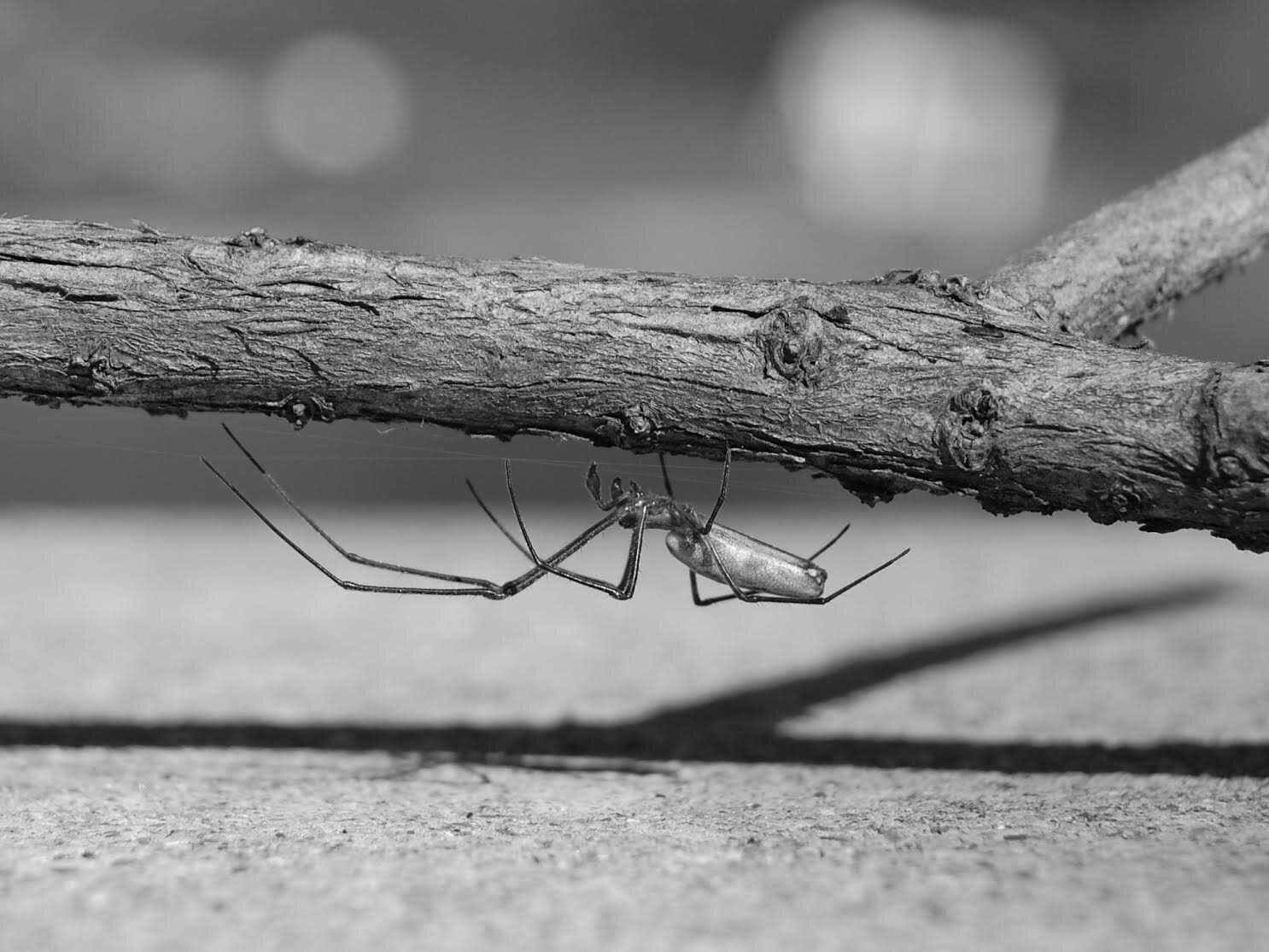
Sitting calmly in their webs, many spiders wait for prey to come to them. Arachnids along lakes and rivers eat aquatic insects, such as dragonflies. But, when these insects live in mercury-contaminated waterways, they can pass the metal along to the spiders that feed on them.
Now, researchers reporting in the journal Environmental Science & Technology Letters have demonstrated how some shoreline spiders can move mercury contamination from riverbeds up the food chain to land animals.
Most mercury that enters waterways originates from industrial pollution and other human activities, but it can also come from natural sources. Once in the water, microbes transform the element into methylmercury, a more toxic form, which biomagnifies and increases in organisms up the food chain.
Scientists increasingly recognize spiders living on lakeshores and riverbanks as a potential link between contamination in waterways and animals that mostly live on land, such as birds, bats and amphibians, which eat the insects. So, Sarah Janssen and colleagues wanted to assess if shoreline spiders’ tissues contain mercury from nearby riverbeds and establish how these animals could connect mercury pollution in water and land animals.
The researchers collected long-jawed spiders along two tributaries to Lake Superior, and they sampled sediments, dragonfly larvae and yellow perch fish from these waterways. Next, the team measured and identified the mercury sources, including direct industrial contamination, precipitation and runoff from soil.
The team observed that the origin of mercury in the sediments was the same up the aquatic food chain in wetlands, reservoir shorelines and urban shorelines. For instance, when sediment contained a higher proportion of industrial mercury, so did the dragonfly larvae, spider and yellow perch tissues that were collected.
Based on the data, the researchers say that long-jawed spiders could indicate how mercury pollution moves from aquatic environments to terrestrial wildlife. The implication of these findings is that spiders living next to the water provide clues to the sources of mercury contamination in the environment, informing management decisions and providing a new tool for monitoring of remediation activities, explain the researchers.
The team also collected and analyzed tissues from two other types of arachnids from some sites: fishing spiders and orb-weaver spiders. A comparison of the data showed that the mercury sources varied among the three taxa. The team attributes this result to differences in feeding strategies.
Fishing spiders hunt near water but primarily on land; orb-weavers eat both aquatic and terrestrial insects; but it’s the long-jawed species that feed most heavily on adult aquatic insects. These results suggest that although long-jawed spiders can help monitor aquatic contaminants, not every species living near the shore is an accurate sentinel, the researchers say.
More information:
Sarah E. Janssen et al, Mercury Isotope Values in Shoreline Spiders Reveal the Transfer of Aquatic Mercury Sources to Terrestrial Food Webs, Environmental Science & Technology Letters (2023). DOI: 10.1021/acs.estlett.3c00450
Citation:
Some spiders can transfer mercury contamination to land animals, study shows (2023, September 13)
retrieved 13 September 2023
from https://phys.org/news/2023-09-spiders-mercury-contamination-animals.html
This document is subject to copyright. Apart from any fair dealing for the purpose of private study or research, no
part may be reproduced without the written permission. The content is provided for information purposes only.
Denial of responsibility! TechCodex is an automatic aggregator of the all world’s media. In each content, the hyperlink to the primary source is specified. All trademarks belong to their rightful owners, and all materials to their authors. For any complaint, please reach us at – [email protected]. We will take necessary action within 24 hours.

Jessica Irvine is a tech enthusiast specializing in gadgets. From smart home devices to cutting-edge electronics, Jessica explores the world of consumer tech, offering readers comprehensive reviews, hands-on experiences, and expert insights into the coolest and most innovative gadgets on the market.

